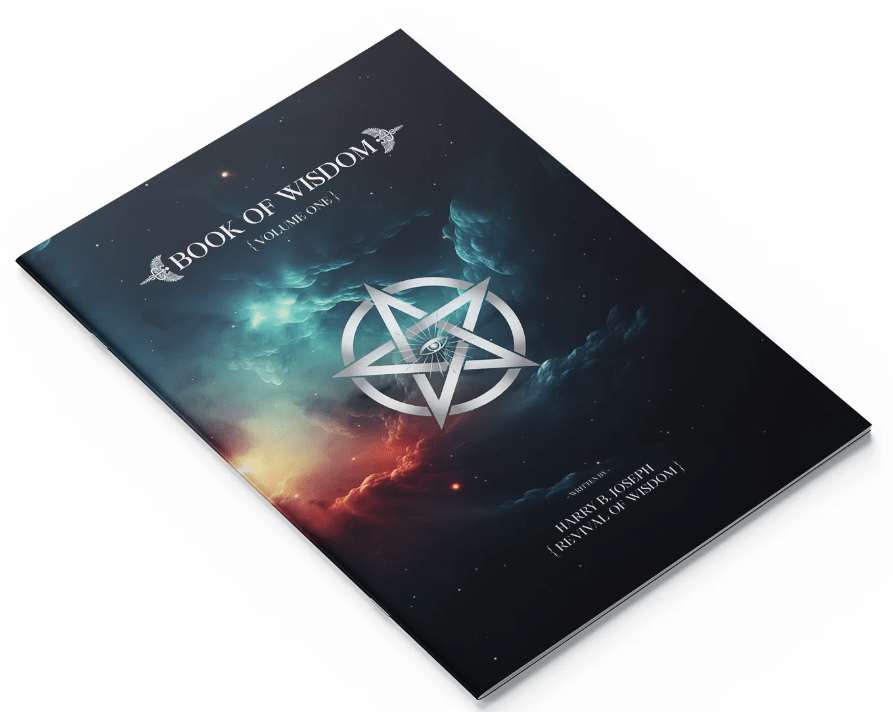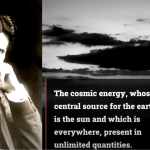A Flat Earth Perspective on Tides
The video “How do Tides Work on Flat Earth?” presents an alternative perspective to the commonly accepted tidal theory. Diving into a fascinating exploration of gravitational forces, lunar influence, and the Earth’s topography, it challenges the mainstream scientific viewpoint. For a deeper understanding, this review recommends watching the video, which meticulously dissects these unconventional ideas.
Newton’s Theory of Tides: A Recap
The video begins with a recap of Isaac Newton’s gravitational theory, stating that the Earth’s ocean tides are a result of lunar attraction. In this view, the moon’s gravity creates a tidal force, causing Earth and its water to bulge on the side closest and farthest from the moon. However, the video questions the validity of this claim, considering the size and mass discrepancies between Earth and the moon.
The Flat Earth Argument: Dissecting the Tidal Phenomenon
The video then delves into the crux of the flat earth tidal theory. It proposes that if the moon’s gravity were indeed powerful enough to lift ocean waters, then it should be able to attract water all the way to itself. This perspective also highlights the uniform velocity and path of the moon, arguing that this uniformity should translate to uniform tides, which is not the case.
Variability of Tides: A Closer Look
Drawing attention to the varying tides in different regions, the video asserts that the gravitational explanation is inadequate. For instance, it cites the tides at Port Natal and Viera, which rise and fall differently despite being part of the same oceanic system. This discrepancy is extended to the lack of tides in inland waters, further questioning the gravitational theory of tides.
A Radical Proposition: The Earth’s Fluctuation
The video then introduces a radical proposition: the Earth, being a vast plane, fluctuates slightly within the great deep, causing the tides. This alternate explanation argues that the Earth’s slight fluctuation, combined with the continual atmospheric pressure, causes the rise and fall of ocean waters, producing the tides.
The Role of Atmospheric Pressure
The video suggests that atmospheric pressure could indirectly influence the tides by affecting the barometric pressure. This perspective views tides as a product of interconnected ocean waters and not the other waters of Earth. It argues that the Earth’s resting upon the great deep could naturally cause these fluctuations, resulting in tides.
A Glimpse into Historical and Cultural Beliefs
Finally, the video explores historical and cultural beliefs that suggest the existence of a massive whirlpool at the North Pole, which could potentially influence the Earth’s tides. This intriguing proposition adds another layer of complexity to the tidal enigma, encouraging viewers to question and investigate further.
Encouragement to Explore
While this video’s perspective on tides within a flat earth context is unconventional, it encourages an essential trait in scientific pursuits: curiosity. By challenging established theories and presenting alternatives, it stimulates critical thinking, promoting a spirit of inquiry and investigation.




















